HAVS (Hand-Arm Vibration Syndrome) Training Course
Quantity: 1
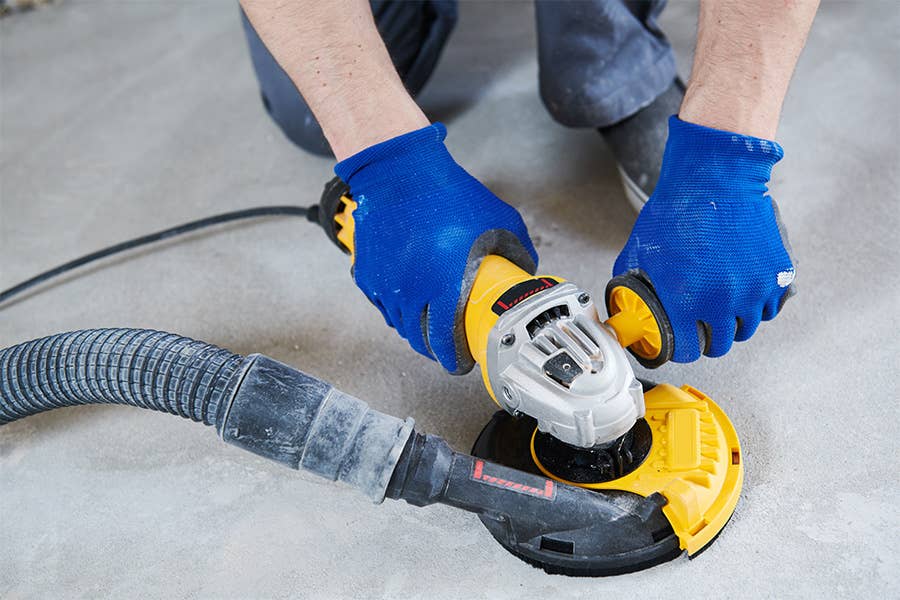
Duration 1-2 Hours

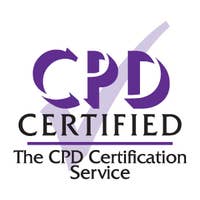
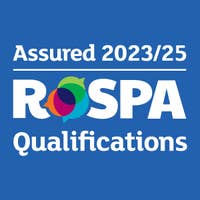

100% online training
Start when you like
Learn on any device (desktop, mobile or tablet)
Instant assessment and result
1 learner per course
Train teams of all sizes
Bulk discounts starting at 10% off 10 courses
Pay by invoice with 30 day payment terms available (5+ courses)
Includes a 10% discount for 10+ courses
This HAVS (Hand-Arm Vibration Syndrome) training course considers the use of vibrating tools and equipment used in the workplace and how these can cause long-term damage to health if they’re not effectively managed.
HAVS is a debilitating health condition that is commonly caused by the use of hand-held electrical tools, such as chainsaws, grinding equipment and high torque wrenches, or from holding components that are being worked on by machines. This course explains more about the health hazards associated with vibration exposure, outlines how to carry out an appropriate risk assessment and details the control measures that can be used to reduce the risks.
100% online training
Access anywhere
Same day digital certificate
Printed certificate posted next working day
Full audio voiceover
Assessment retakes at no extra cost
Written in compliance with the Control of Vibration at Work Regulations 2005
Developed by health and safety professionals
Accredited by CPD and assured by RoSPA Qualifications
Bulk discount for orders of 10+ courses
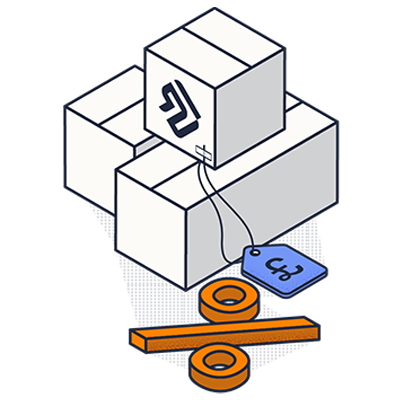
Save on our courses when you buy more training upfront. Lock in a better price now and access the training whenever you need to. You can mix and match any of our courses too and get the discount off your whole order.
10+ courses = 10% off
50+ courses = 20% off
100+ courses = 30% off
500+ courses = 40% off
By the end of this course learners will:

City & Guilds Assured
Thoroughly reviewed independently by City & Guilds learning and development experts, this course is approved as City & Guilds Assured. High Speed Training is the first e-learning provider to have online courses awarded City & Guilds Assured status.
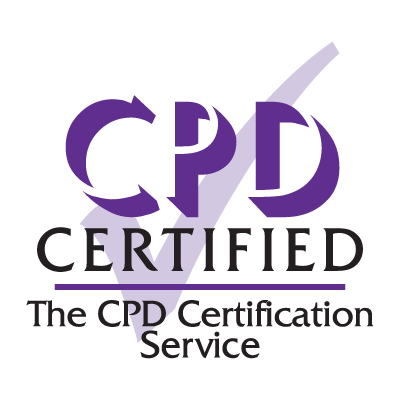
Accredited by CPD
All of our courses are accredited by the CPD Certification Service as conforming to universally accepted Continuing Professional Development (CPD) guidelines.
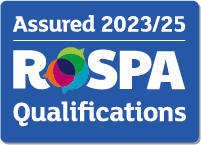
Assured by RoSPA Qualifications
This course is also assured by the Royal Society for the Prevention of Accidents through their RoSPA Qualifications Assurance System, as providing up-to-date, quality and content-approved training.
Recommended renewal:
1 year
What does this mean? This certificate does not have an expiry date, however, based on industry best practice guidelines there is a recommended renewal period.
Our in-house Learning Designers develop all of our courses to give you and your learners the most engaging training possible.
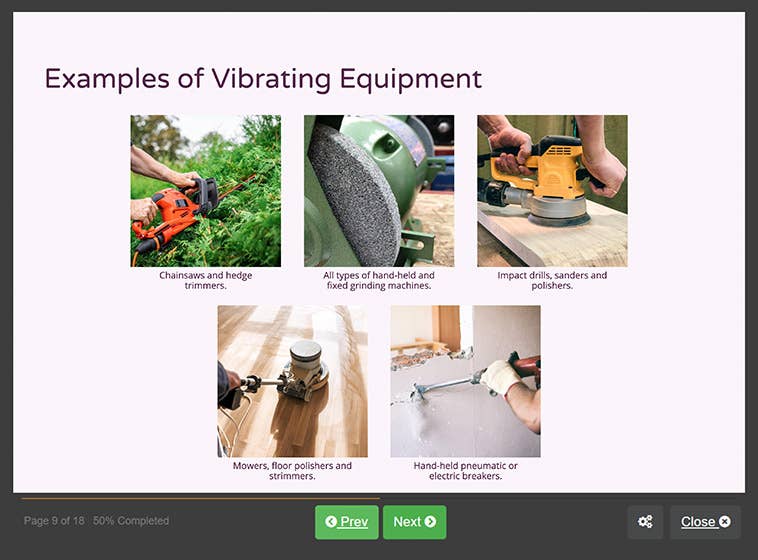
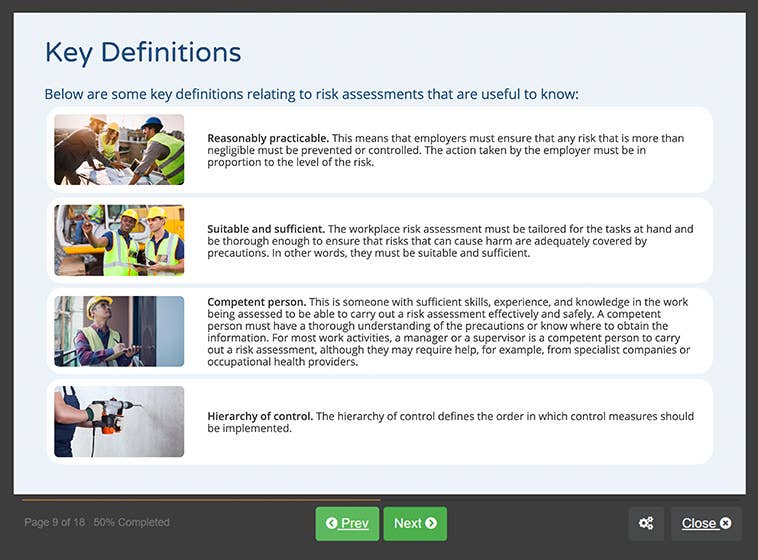
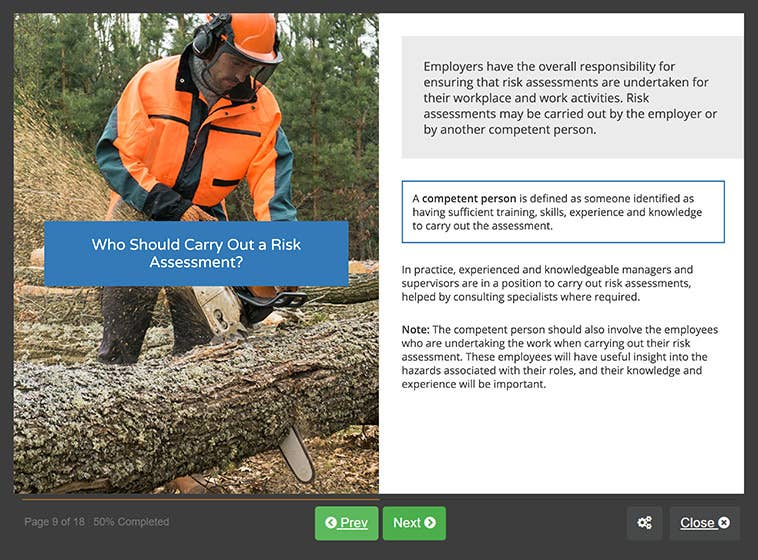
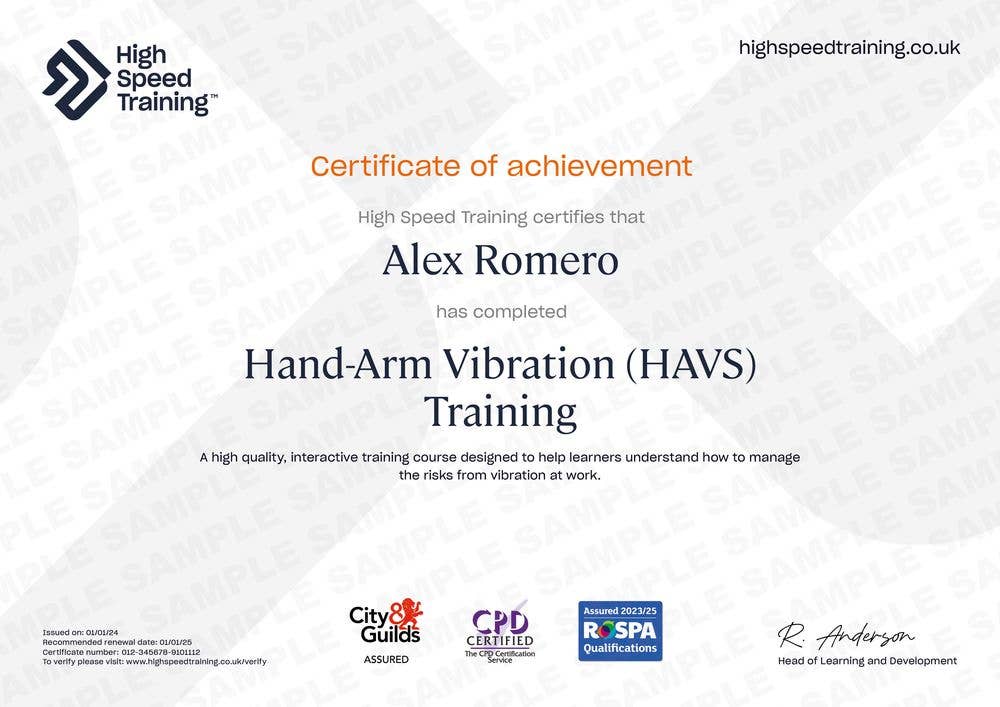




What is hand-arm vibration?, the symptoms of hand-arm vibration exposure, what industries are most at risk of HAVS?, examples of vibrating equipment, legislation, the Control of Vibration at Work Regulations 2005, vibration exposure values, the Health and Safety at Work, etc. Act 1974, the Supply of Machinery (Safety) Regulations 2008, associated risks: noise exposure, and employee duties.
Key definitions, what is a risk assessment?, who should carry out a risk assessment?, step 1 - identifying hazards, step 2 - deciding who may be harmed and how, step 3 - evaluating risks, the hierarchy of control, step 4 - recording findings, and step 5 - reviewing risk assessments.
Purchasing and hiring policies, key duties of manufacturers and suppliers, elimination, substitution, engineering controls, maintenance and use of machinery and equipment, the maintenance checklist, administrative controls, reducing exposure time, information, instruction and training, key instructions for employees, personal protective equipment (PPE), health surveillance, and why is health surveillance important?
The online assessment is taken on completion of the training material. You will be asked 15 multiple choice questions with a pass mark of 80%. The answers are marked automatically so you will instantly know whether you have passed. If you don't pass don't worry! You can take the test as many times as you need with no extra charge.
This HAVS training course is suitable for anyone who has responsibility for managing the risks of vibration in the workplace, as well as anyone who uses vibrating equipment or tools, or holds components being worked on by machinery, as part of their job role.
This includes those working in:

In partnership with
Neil Murray
Health and Safety Consultant
Neil Murray is a vastly experienced and highly qualified health and safety professional who has held roles such as Senior Health and Safety Executive inspector, and Principal Inspector for Channel Tunnel construction. He has also held senior roles in an international infrastructure business, a major UK water utility company and a major construction group and provided management consultancy to numerous companies across a wide range of industries.
Neil has a wide expertise in many sectors, including construction, civil engineering, manufacturing engineering, water and waste utilities, education, heritage sites, public safety, rail construction and operation, transport, marine, waste management, engineering design and industrial and facilities management services.
Neil is a QSA auditor for RoSPA and also an author of published guidance on health and safety in the construction of the Channel Tunnel, work at height, major project management, and online training courses.
Yes, our Hand-Arm Vibration Syndrome (HAVS) course can act as evidence of industry-related training for accreditation applications, such as CHAS. It covers the requirements of Control of Vibration at Work Regulations 2005, which will help you understand how to fulfil the legal duties they set out. Knowledge of these topics form part of the training requirements set out by accreditation assessment bodies, so you must be able to demonstrate evidence of compliance in order for your application to be successful. Our course will contribute to the evidence you must provide during your application, to show that you have received the relevant training.
Please note that it will be down to each individual accreditation body to decide if our courses are sufficient for the training requirements of your specific business. This evidence only forms one part of your overall application process. It is up to you to prove you are fulfilling your legal duties and to supply sufficient evidence for everything the accrediting body requires in order for your application to be successful.